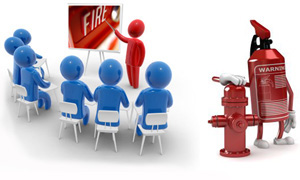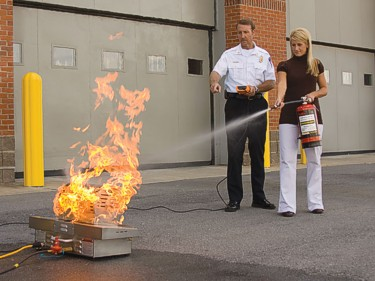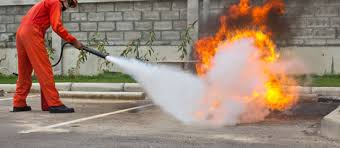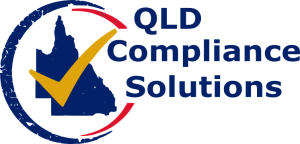 Fire Training and Fire Safety is a responsibility that we must all take very seriously.
Fire Training and Fire Safety is a responsibility that we must all take very seriously.
The world we live in means that many lives are lost each year to fire and fire related incidents and so Education about the nature of fire and what to do in an emergency goes a long way in not only preventing a fire based emergency but can indeed save lives.
The purpose of this business is to Reduce Risk and to Ensure Compliance.
Thankfully, whatever your business does to reduce risk goes a long way to ensuring compliance.
Most fire courses concentrate on putting out fires and the different types of extinguishers use for various types of fire, and while this is important, we think that at least as much effort should be given to preventing the fire.
The most effective way to prepare for any emergency is to practice. Elaborate and detailed plans are no use if they are not disseminated and practiced. As each site is different, our course and training package will be built around the specific requirements of your workplace.
In accordance with Queensland Development Code part MP6.1, the occupier of a building must give First Response Fire and Evacuation Instructions for the building to each person working in the building at intervals of not more than two [2] years.
The First Response Fire and Evacuation Training provided by our qualified Fire Safety Advisor meet the requirements set out in the Queensland Development Code part MP6.1 and is presented in a way that is simple and easy to understand.
Fire Training and Fire Safety
Summary
Avoiding fires is an significant part of fire safety. Cigarettes are very big risk – they are the foremost cause of fire deaths. Here are some fire prevention tips:
- Do not leave the stove or oven unattended when they are on
- Don’t let children use kitchen machines unverified
- Don’t smoke in bed
- Make sure your electrical machines and strings are in good condition
It is also significant to be ready in case there is a fire. Make sure that you have working smoke sensors on every floor and in every bedchamber. You should also have fire extinguishers on every floor and in your kitchen. Make and exercise an escape plan in case the main exit is block.
DOT POINTS BELOW
WE COME TO YOU, so there is no need to try and organise staff to attend a training facility.
We conduct the training during normal business hours at times that are convenient to both management and staff.

The training covers topics such as
- Understanding the nature of fire
- Identifying possible fire risks and hazards
- Knowing what to do if a fire breaks out
- Get to know how to evacuate quickly and calmly
- Knowing how to use a fire extinguisher
- Knowing what type of fire extinguishers you have in your building, and when to use them.
Fire Extinguishers
Be equipped for any accidents by having fire extinguishers deliberately placed round your house — at least one on each floor and in the kitchen (this one should be an all-purpose extinguisher, meaning it can be castoff on grease and electrical fires), the cellar, the garage, or workshop area. Keep them out of grasp of children.
The NFPA speaks to recall the word PASS when functioning an extinguisher:
- Pull the pin. Relief the lock with the spout directing away from you.
- Aim low. Point the extinguisher at the base of the fire.
- Squash the lever gradually and evenly.
- Sweep the spout from side to side.
The finest time to study how to use the fire extinguisher is today, before you ever need it. Fire extinguishers have devices on them signifying when they need to be swapped and should be patterned frequently to make sure they’re still practical.
If you’re ever in hesitation about whether to use an extinguisher on a fire, don’t try it. Instead, leave the house directly and call the fire department.
fire training and fire safety is compulsory.


